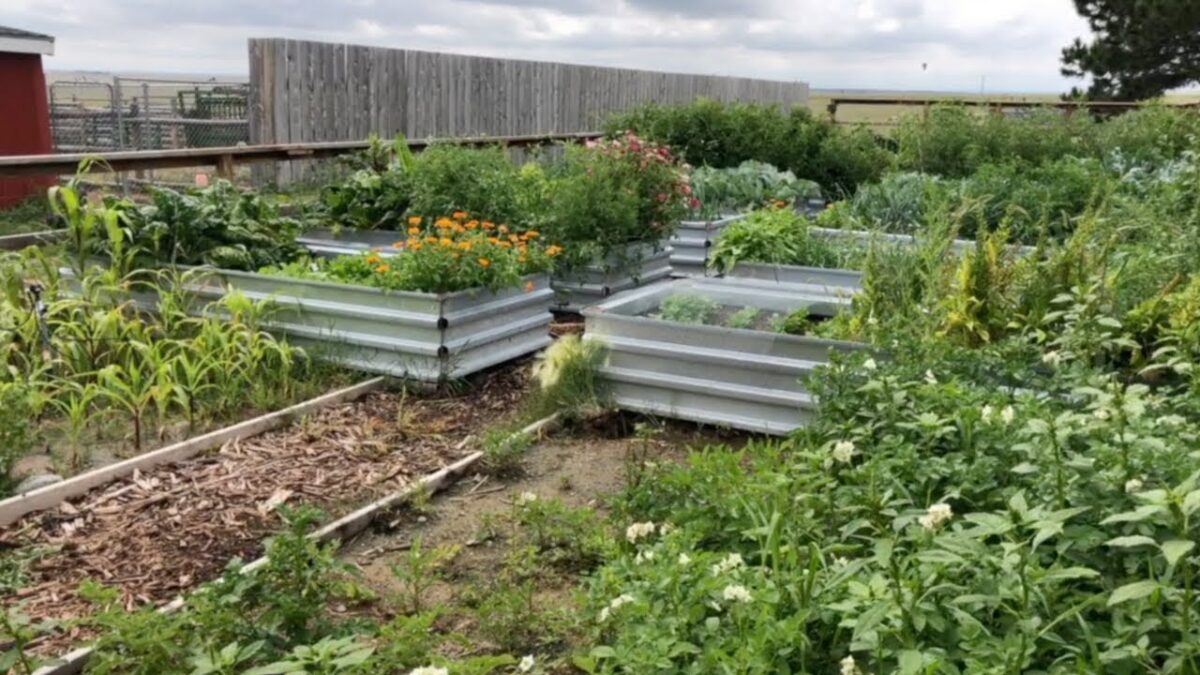Maintaining Corrugated Metal Raised Beds for Long-Lasting Performance

Gardening enthusiasts who have embraced the beauty and practicality of corrugated metal raised beds know they can be a long-lasting and attractive addition to any garden. However, proper maintenance is important to ensure these metal beds serve their purpose and retain their appeal over the years. This guide provides detailed steps and helpful tips for maintaining these beds, ensuring they remain in top condition and perform effectively for years.
Regular Cleaning and Rust Prevention
Maintaining the pristine appearance of corrugated metal raised beds begins with regular cleaning and rust prevention. A simple yet effective cleaning solution can be made by mixing one part vinegar with three parts of water. This solution helps to remove dirt, grime, and any early signs of rust. It’s recommended to wipe down the metal surfaces periodically, keeping them clean and looking fresh.
Scratches or chips in the zinc coating should be addressed promptly. These imperfections can expose the underlying metal to moisture, leading to corrosion. Touching up these areas with a bit of zinc-rich paint or sealant can prevent rust from taking hold, preserving the integrity of the beds.
Balancing Soil pH Levels
Soil pH is important in the longevity of these beds. Acidic soil conditions can accelerate the corrosion process, so monitoring and maintaining a neutral pH range between 6.5 and 7.5 is essential. Regular soil testing can help identify any deviations from this range.
Adding lime or other soil amendments can be beneficial for counteracting acidic soil conditions. This helps maintain the structural integrity of the metal and promotes a healthier environment for the plants growing within the beds.
Ensuring Proper Soil Moisture
One of the challenges with corrugated metal raised beds is their tendency to dry out soil faster than in wooden beds. Regularly checking soil moisture levels is vital to ensure plants receive adequate hydration. It’s also important to water the beds as needed, preventing the soil from becoming excessively dry.
Incorporating mulch or organic matter into the soil can help retain moisture, reducing watering frequency. Additionally, a drip irrigation system can provide a consistent and controlled water supply, keeping the soil at optimal moisture levels.
Incorporating Wooden Supports
Incorporating wooden supports is highly recommended to reinforce the structure of a corrugated metal raised bed and prevent it from caving in over time. Wooden frames, corner blocks, or supports can be used inside the metal beds to provide additional stability.
These supports help distribute the weight of the soil and plants more evenly, reducing the stress on the metal walls. This extends the lifespan of the beds and ensures a safe and secure environment for growing plants.
Avoiding Plastic Liners
While it might be tempting to use plastic liners to protect the metal, they can actually trap moisture and lead to rust formation. Instead, opting for landscape fabric or ensuring proper soil aeration can promote adequate drainage.
Landscape fabric allows water to pass through, preventing soil from directly contacting the metal. This helps maintain a dry environment around the metal surfaces, reducing the risk of corrosion and extending the life of the raised beds.
Applying Protective Coatings
Applying a protective coating or sealant to the corrugated metal can enhance its corrosion resistance. Specialized sealants designed for metal surfaces create a barrier against moisture and other environmental factors.
These coatings should be reapplied periodically, following the manufacturer’s recommendations. This extra layer of protection can make a substantial difference in the longevity of the metal raised beds, keeping them looking new and performing well for many years.
Proper Installation and Handling
Careful installation of these metal raised beds is essential for their longevity. A sturdy foundation helps maintain the structure and prevents warping or shifting over time.
When using gardening tools near the beds, care should be taken to avoid scratches or dents. These can compromise the protective coating and expose the metal to potential rusting. Handling the beds with care during installation and maintenance can go a long way in preserving their appearance and functionality.
Conclusion
Maintaining a corrugated metal raised bed requires attention to detail and regular care, but the effort is well worth it. By following these guidelines, gardeners can enjoy the benefits of their raised beds for many years. With the right approach, these metal beds can continue to be a durable and attractive feature in any garden, supporting a thriving and beautiful growing space.







